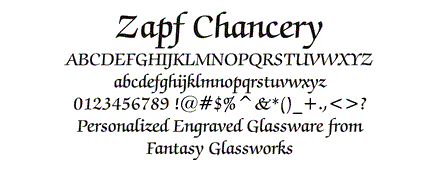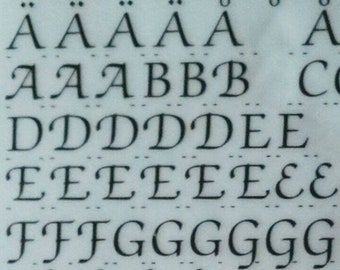

Without technical limitations or compromises, Hermann Zapf and Akira Kobayashi created an extended font family which finally included a true italic font, small capitals, text figures and a titling font with elaborate ligatures.” 50 years after its premiere, the font was comprehensively reworked under the name of Optima Nova. Its appearance – both delicate and clear – was a novelty, and made it a favourite in advertising design, particularly in connection with perfumes and luxury goods. After thorough readability tests, the final drawings were completed in 1952 and August Rosenberger cut the type, which was released two years later under the name Optima.

Because he had left his notebook behind at the hotel, Hermann Zapf sketched a few characters on a 1000 lire note.īack home in Frankfurt, the sketches became the breakthrough in a type project with which Zapf had been commissioned by the Stempel foundry: the design of a functional typeface somewhere between a sans-serif and a Renaissance Roman font. The great names of Michelangelo, Rossini, Galilei and Machiavelli held less fascination for him than the great variety of lettering carved in the stone. “At the Franciscan Basilica di Santa Croce in Florence on 3 October 1950, one visitor was looking at the 276 gravestones through quite different eyes than the other tourists. This is how its peculiar history is described on The 100 Best Typefaces of All Time website: In the wake of Palatino another bestseller was released – the flared humanist sans serif Optima. The first use of Palatino, printed in 1949 with a test casting of the new typeface in "Von der dreifachen Ehrfurcht – Gedanken Goethes über Erziehung zu edlem Menschentum”, a private edition by the D. The international breakthrough of Palatino came in 1956, when Standard Oil Company adopted it for its annual report. The Mainz Gutenberg Yearbook was among the first users of the Palatino and made it popular. The italic and bold styles followed in 1951. The next year the typeface was officially published, both for hand setting and Linotype machine setting. Typography fans became enamored with the publication, as it was set in a test casting of Palatino., Hermann Zapf’s new type design. In 1949, at the occasion of German writer and statesman Goethe’s 200th birthday, the book Von der dreifachen Ehrfurcht – Gedanken Goethes über Erziehung zu edlem Menschentum was published in Frankfurt. Even advertising agencies wanted his lettering for advertisements and packaging, yet Zapf never worked for advertising out of principle, and remained faithful to his stance until his death. In the early 1950s he worked as a graphic artist and book typographer for publishing houses like Suhrkamp, Insel (also Insel Library), the Gutenberg Book Guild or Carl Hanser Verlag. Quickly Hermann Zapf’s calligraphy became increasingly in demand.
#ZAPF CHANCERY FONT THE OFFICE JOKE SERIES#
During this period Zapf designed a dozen stamps for the German Post Office, among others for the series “Helper of Mankind”, the first prosperity stamps in the post-war Federal Republic.įour postage stamps from the 16-part series “Helfer der Menschheit” (Helper of Mankind, 1949–1953), designed by Hermann Zapf. He was also part-time lecturer for typography at the current School of Design (HfG) in Offenbach from 19. So he returned to Frankfurt where he became artistic director for postage stamps from 1947 to 1956. Stempel AG type foundry offered him a position. Due to his poor health he was allowed to return home to Nuremberg merely four weeks after the armistice.Īt the end of 1946 Hermann Zapf received the news that the D. Shortly before the end of the war Hermann Zapf was taken into French captivity, where he was treated well. The command of his company relocated him to Bordeaux, France as a cartographer, where he had to create secret maps for the entry in Spain.

When his entire labour group was conscripted into the Wehrmacht in September 1939, Zapf was retired due to health problems. Since he was not able to cope physically with the grueling work, the officers reassigned Hermann Zapf to the back office where he wrote storage protocols in Kurrentschrift. In April 1939 Hermann Zapf was conscripted into the Reich Labor Service, to join thousands of workers reinforcing the 630 km-long Western Wall (“Siegfried Line”) against France.


 0 kommentar(er)
0 kommentar(er)
